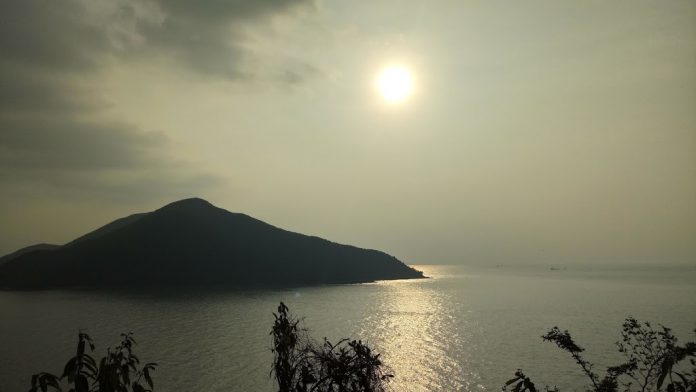Western Region: Castle Peak
Castle Peak (583m) is known as one of the 3 sharp summits and is located in the western region. I decided to spend an afternoon to explore the western part of Hong Kong through hiking Castle Peak.
Since the peak of Castle Peak is prominent from afar, I was able to identify and capture it from various perspective:

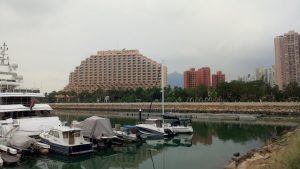

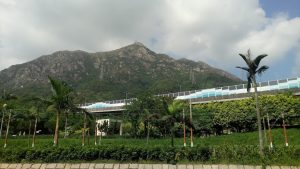
On the way up the peak, trucks from the Typhoon recovery effort can be seen collecting the fallen trunks on the side of the road. I passed by several temples and spent several minutes in Tsing Shan Monastery. There wasn’t many people in the temple when I went on Monday so the place feel really peaceful. At the end of the road, a path with yellow railing leads all the way up to Castle’s Peak. As I got closer to the top, the path became steeper and I took more rest along the way. I tried maneuvering to the other side of the mountain to find an alternative way down but decided against the idea after seeing the steep and unmarked path. From the other side of the mountain, there are prominent mountain ridges that has been heavily weathered. Looking further out into the sea, the Hong Kong international Airport as well as Shenzhen can be seen on the opposite shores.
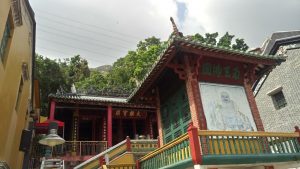
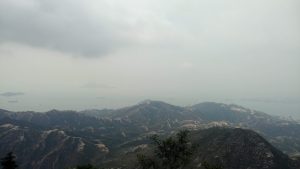
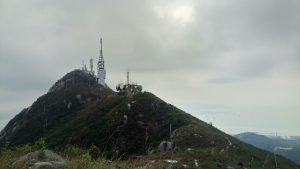
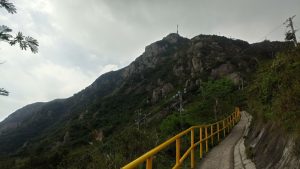
New Territories: Shing Mun Reservoir
The hike to Shing Mun Reservoir was organized by OPSA (off campus peer support Ambassador) to allow the students living off campus to better integrate into Hong Kong’s culture. Shing Mun Reservoir is a rather relaxing trail with minimal uphill and downhill sections. It takes 3 hour to walk around the reservoir whereby the walk offers mesmerizing views. What I found unique was the bright orange reservoir banks that integrates beautifully with the clear blue water during the day. The Shing Mun reservoir is also connected to other trails in the Northern Region such as Tai Mo Shan that I had hiked during National Day.
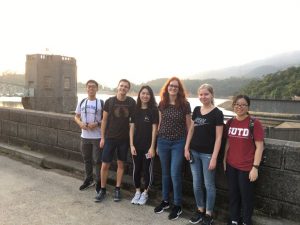
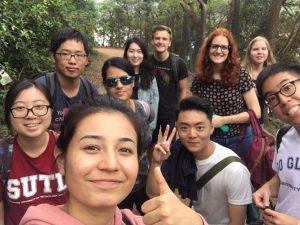

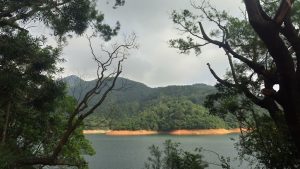
Northeastern Region: Pat Sin Leng

Pat Sin Leng, translated as the ridges of the 8 immortals, is made up of several distinct continuous mountain ridges in the Northeastern region. The 8 immortals are well-known deities from the Chinese mythology. The name of each of the 8 ridges came from the name of the immortals.
The eight ridges:
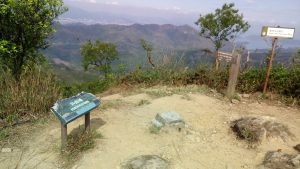
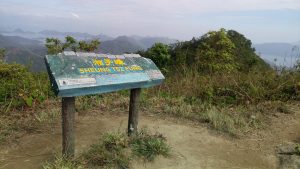
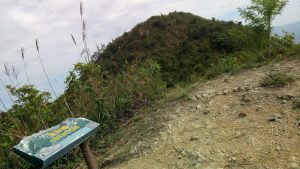
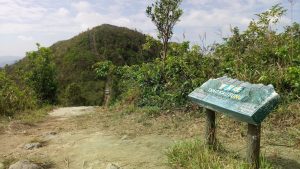
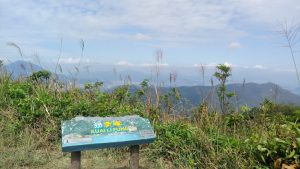
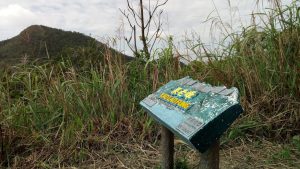
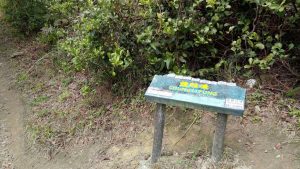
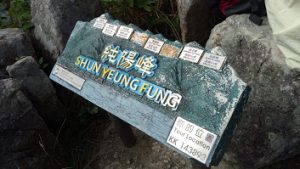
The entire hike that started from Hok Tau Reservoir is 12km long and took 5 hours to complete. Given the chance to hike Pat Sin Leng again, I would not have started from Hok Tau Reservoir since it takes me 3.5 hours just to reach the first ridge of Pat Sin Leng. The long distance, with the continuous up and down sections of the ridges, and the lack of vegetation covers make the trail extremely physically demanding during a hot day. Since the trail was less known among the locals and I went on a weekday, there were literally no one throughout the entire hikel. By the end of the trail, I was so tired that I was unable to appreciate the scenery in front of me. However, I must say that this is one of the most beautiful trail that I have embarked on that offers enchanting views of both Shenzhen and Hong Kong. Having a bird-eye view of the Plover Cove Reservoir at the observatory deck was especially breath-taking.
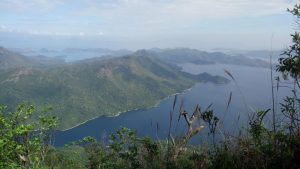
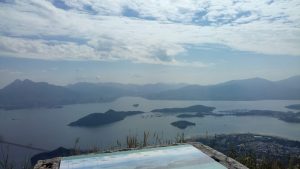
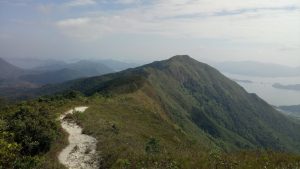
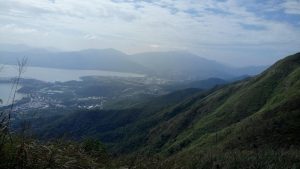
Northeastern Region: Sha Tin to Tai Po Cycling
Cycling from Sha Tin to Tai Po and back to Sha Tin takes 2 hours whereby the bicycle can be rented from the kiosk that is located beside the river bank. Since the sky was clear, the clouds are reflected clearly on the water surface. From Sha Tin, the Ma On Shan Mountain can be seen on the opposite bank while from Tai Po, Pat Sin Leng’s distinctive ridges can be spotted form a afar.

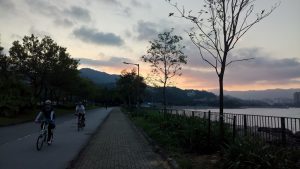
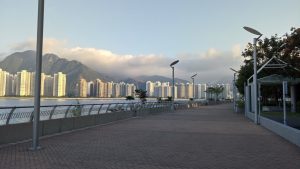
Island: Tung Lung Chau
Tung Lung Chau is an off-shore island that can only be reached on weekends by the ferry services in Sai Wan Ho. Similar to Devil’s Peak, Tung Lung Chau used to be a military fort set up to control the passage into Lei Yue Mun.



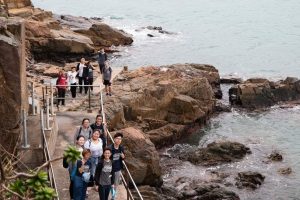


Many activities are carried out on the island which includes rock climbing, camping and hiking. Having hiked to many mountains, the journey to Tung Lung Chau offers me a different view of the natural landforms such as rocky shores and cliff.
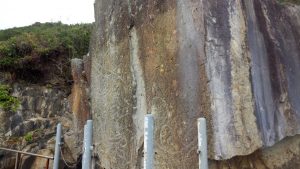
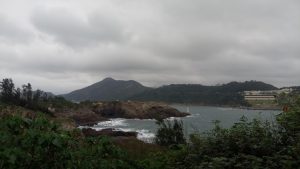
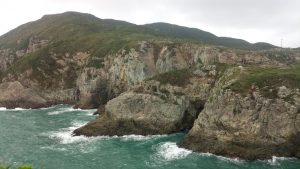
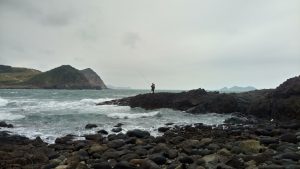
Central Region: Lion Rock
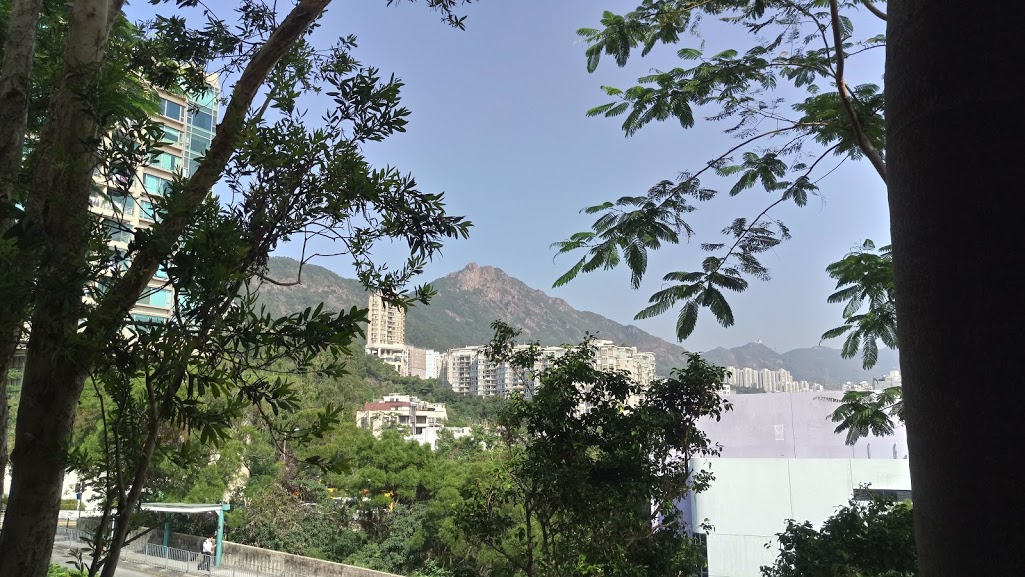
Lion Rock (495m) is located directly behind City University which oversees the entire Kowloon and central districts. It is known for its rocky resemblance to the Lion’s head and tail where its name came from. Even from far, the rocky landform can be easily identified due to its unique features. Similar to the Shing Mun Reservoir walk, there were many monkeys located near the foot of the mountain. Hiking Lion Rock proves to be an interesting experience given the granite path at the top that requires some climbing to reach the Lion’s head.
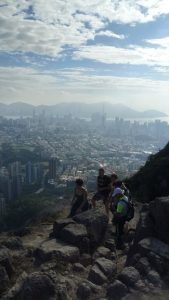
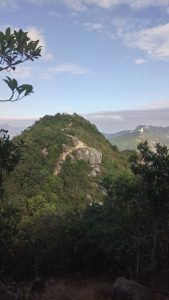
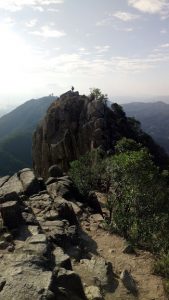
Island: Man Cheung Po and Dolphin at Tai O
In Tai O (fishing village in Lantau Island), we were given the opportunity to ride on the small fishing boats to tour the vicinity. The boat bought us to the stilt houses which belonged to the villages who makes a living through fisheries and tourism. However, since there were many boat tours operating, the water near the stilt houses had a smell of oil. We were lucky to spot several pink dolphins splashing through the water when the boat reaches the open sea. It was delightful since we did not expect the dolphins to remain active around fishing boats.
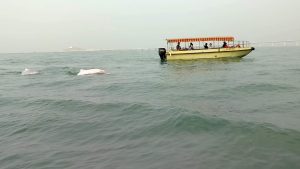

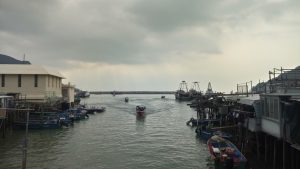
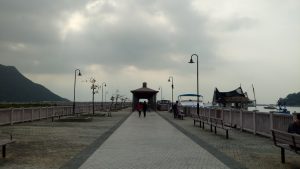
After the short excursion, we made our way to Man Cheung Po which is known as the infinity pool of Hong Kong. The way up towards the pool was poorly maintained which makes it difficult to trek through. However, we managed to reach the pool by sunset to catch the last ray of sunlight. When we made our way back to Tai O, the sun had disappeared below the water, leaving behind splashes of pink and purple.

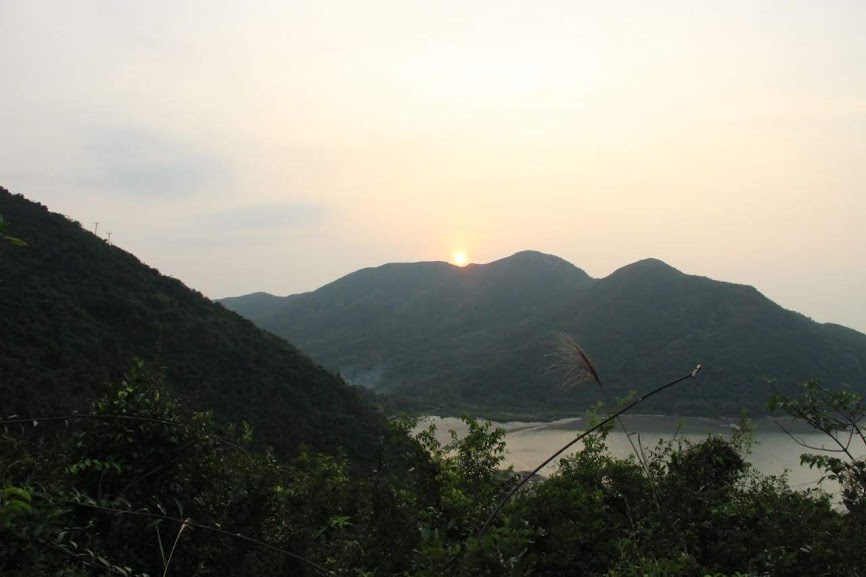
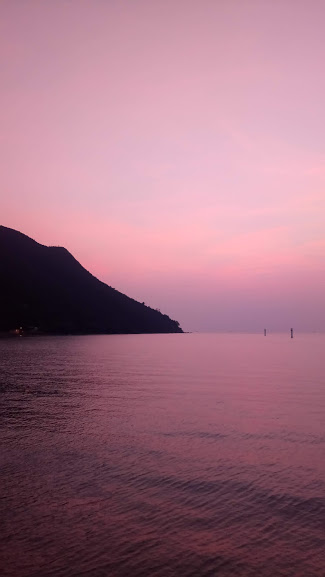
Hong Kong offers many unique and beautiful hiking trails that is easily accessible by its well-connected transport network. I am fortunate to have been on both the popular as well as the lesser known trail since all of them offers me a different perspective of Hong Kong.




















